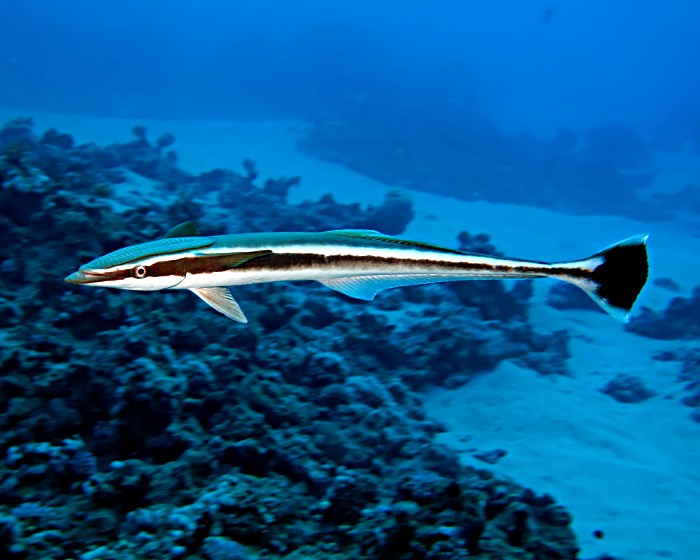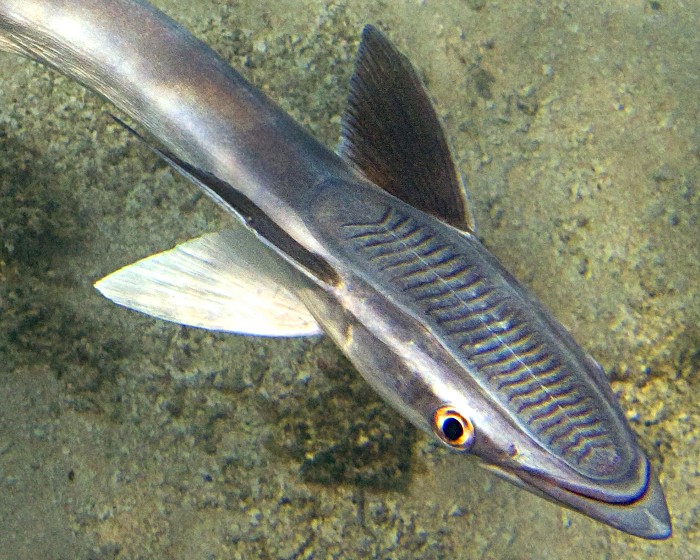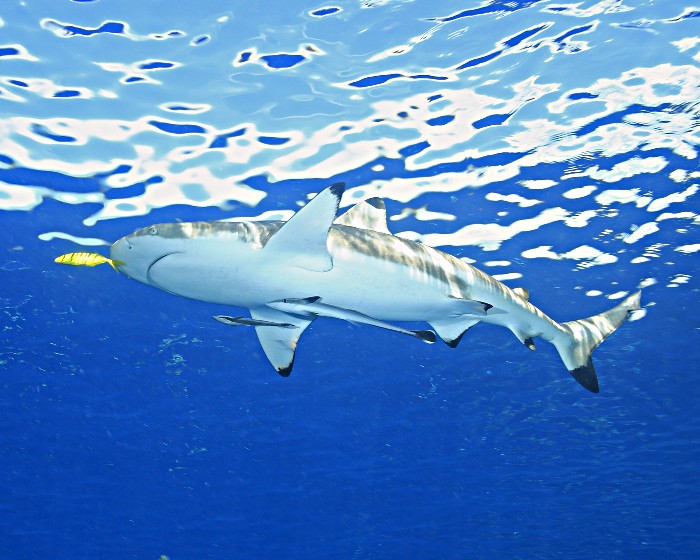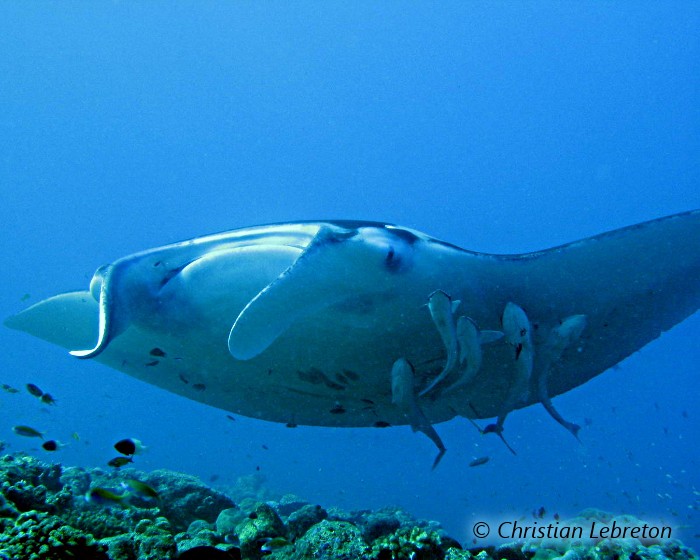Sealife guideThe remora, suckerfish or sharksucker8 species
Last updated on 08/19/2024 at 10:17 PM
Taxonomy
- Common name: Sharksucker, shark pilot, suckerfish, remora
- French name: Rémora
- Scientific name: 8 species
- Family name: Echeneidae
- Order name: Carangiformes
- Class name: Actinopterygii
Description
The remora can grow up to nearly 3.3 feet in length, but its most common size is around 16 inches. It can weigh over 2.2 pounds. The remora has a long, slender body with a very distinctive feature running along its entire length and a fan-shaped tail. The remora is typically gray to dark brown in color.
The remora has an oval-shaped suction cup. As it grows, its first dorsal fin gradually transforms into a suction cup. It is thanks to this suction cup that the remora most often attaches itself to sharks, but also to large fish, rays, cetaceans, sea turtles, boats, and even divers. However, it sometimes swims alone near coral reefs.
Geographic range
The remora is found in tropical and subtropical waters as well as in temperate waters around the world.
Habitat
The remora is found from the surface down to about 328 feet in depth. The remora visits the same areas as its host with which it travels.
Diet
The remora feeds on leftovers from its host's parasites, small fish, and also on debris.
Reproduction
The reproduction of the remora is still poorly understood, but from a very young age, it attaches itself to its host.
Did you know ?
The remora has a lower jaw that is longer than its upper jaw, allowing it to feed without having to move from its spot while attached to its host !
The remora was once used for fishing, securely attached, all one had to do was wait for it to latch onto a fish to reel it in !
Tips for observing
To have the best chance of spotting a remora, you should look for its hosts with which it forms close relationships ! So, focus on observing manta rays, sharks or even sea turtles !
Within the same family
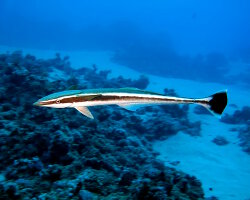
Striped remora
(Echeneis naucrates)
(Echeneis naucrates)
Discover also
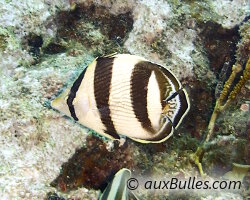
Banded butterflyfish
(Chaetodon striatus)
(Chaetodon striatus)

Checkerboard wrasse
(Halichoeres hortulanus)
(Halichoeres hortulanus)
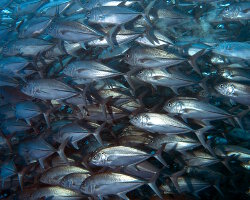
Giant trevally
(Caranx ignobilis)
(Caranx ignobilis)
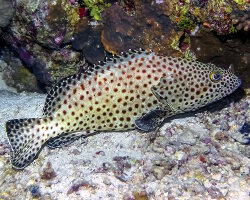
Greasy grouper
(Epinephelus tauvina)
(Epinephelus tauvina)

Painted frogfish
(Antennarius pictus)
(Antennarius pictus)

Scrawled butterflyfish
(Chaetodon meyeri)
(Chaetodon meyeri)
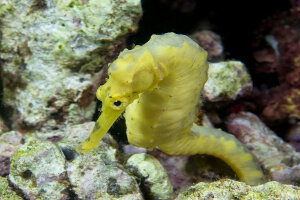
Spotted seahorse
(Hippocampus kuda)
(Hippocampus kuda)

Weedy scorpionfish
(Rhinopias frondosa)
(Rhinopias frondosa)
Our latestUpdates
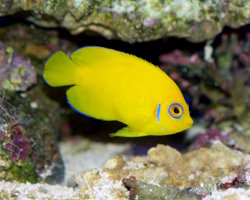
Thursday, January 9th 2025
The lemonpeel angelfish
The lemonpeel angelfish is a small, brightly colored reef fish found in the tropical waters of the Indo-Pacific ocean. It inhabits shallow coral reefs, sheltering among corals and rocky crevices.

Friday, December 19th 2025
The magic of Christmas decorations
Discover Christmas decorations in Florida: giant trees, illuminated palm trees, magical light displays and tropical settings to experience the holiday magic under the sun.
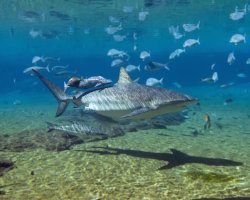
Monday, December 15th 2025
The dusky shark
Discover the dusky shark, one of the world's largest coastal sharks, and learn why this powerful predator is essential to marine ecosystems.
Photo of the Day
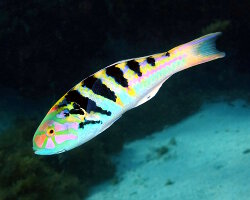
Girelle paon à taches d'encre
(Thalassoma hardwicke)
(Thalassoma hardwicke)

